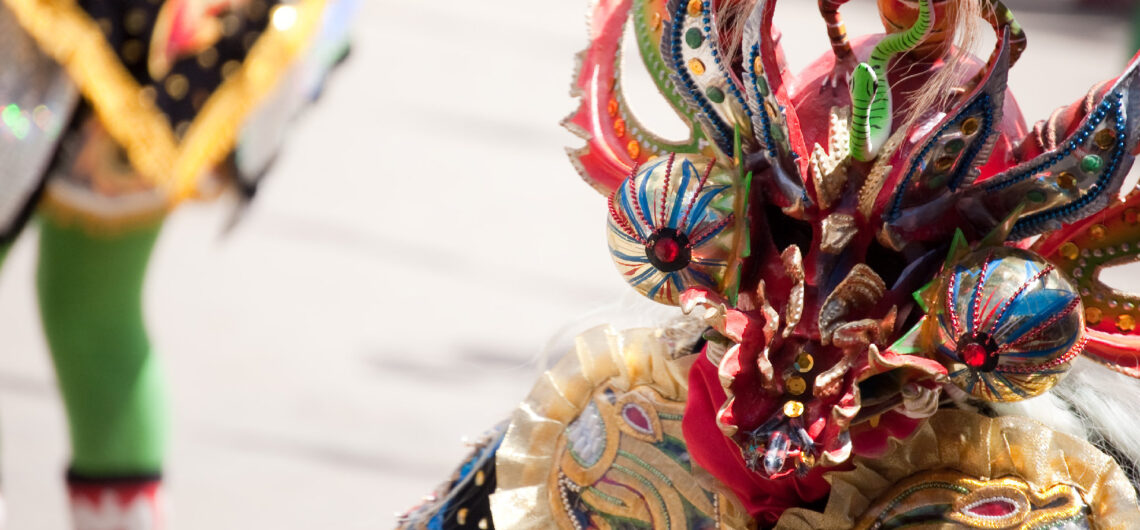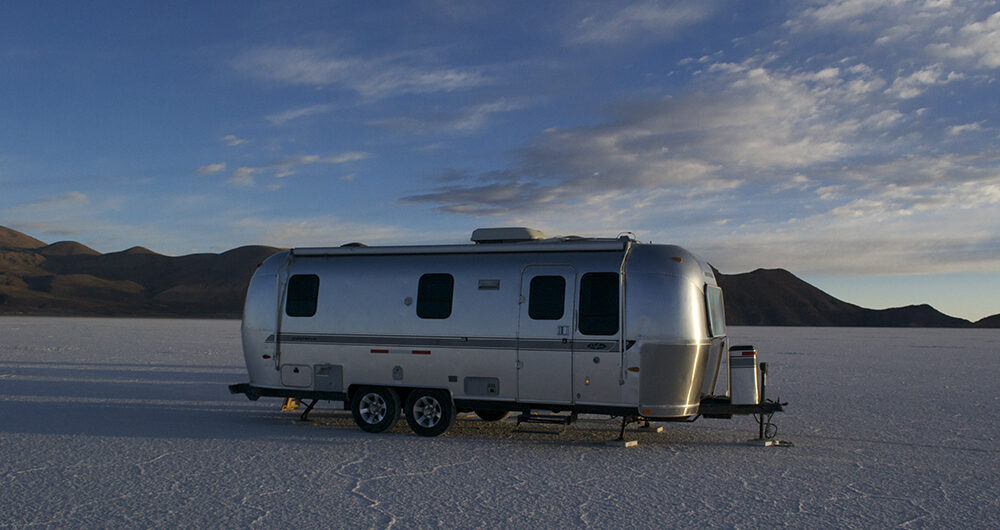Festivals in Peru, La Diablada At this time of year in Peru, many colorful festivals begin leading up to Holy Week. One of the most famous takes place in Puno by Lake Titicaca in early February called. La Virgen de La Candelaria, which features hundreds of traditional dances and brilliant…
A Trip Across Bolivia with Aracari Journalist Lauren Holmes shares her personal experience travelling through Bolivia with Aracari as part of her research trip for her Bolivia destination article for House & Garden Magazine. During my first trip to Bolivia, backpacking across the continent a decade ago, I had time…
Amongst the most bio diverse regions of the planet, the Western Amazon rainforest and the corridor of national parks between Peru, Bolivia and Brazil offer an unrivalled experience for the adventurous traveller and anyone with an interest in nature and wildlife. In parks such as Manu, Tambopata and Madidi, it…
A transient and brilliant rainbow spanning across the commanding andean mountain range…majestic pink dolphins skimming through the waters of the Amazon…the intricate tattoos blanketing the mummy arm of the only known female Inca priestess…gently lapping waves along the shores of a private-island retreat… Inspiration comes in many forms and in…
An amazing Peru festival in your trip Each year during the first two weeks of February, Puno hosts one of the largest and most vibrant festivals in all of South America – the spectacular Festival of the Virgen de la Candelaria. Paying homage to their patron saint, tens of thousands of…
Over the past few years, Peru has developed into a destination that is no longer just for backpackers looking for adventure in the Andes or historians studying ancient civilizations. Popping up at an increasingly growing rate in various regions throughout the country, luxury hotels, five-star dining, and private experiences are…


